There can be your advertisement
300x150
Why Russians Love Carpets (And What to Do If You Live With One)
Looking at carpet myths and memes with a critical eye, we recall the true history and talk about carpets in modern interiors.
Encyclopedia of Misconceptions
1. The homeland of carpets is in the East, and Russia has nothing to do with it.
Actually, the oldest woolen carpet was discovered by Russia during excavations of burial mounds in the Altai Mountains in 1949. The carpet was well preserved, having lain in ice for about 2500 years, and is now kept at the Hermitage Museum.
2. A carpet on the wall is a Soviet invention, a sign of poor taste.
Carpet decoration has long adorned European homes — particularly woolen carpets with the ornamental patterns familiar to us. Wall hangings, known as tapestries in Europe, have been produced for over 11 centuries and were intended for walls.
3. Russian carpets are worthless and unappreciated.
Why did the first emigrants after the October Revolution take carpets from Russia to Europe as the most valuable items? In the 1920s, the Soviet government exchanged hundreds of pounds of carpets for light bulbs and medicines abroad. By 1928, exporting carpets overseas brought the state ten million rubles.
5. A grandmother's carpet from the USSR is better off thrown away.
The most expensive carpet in the world was sold at a Sotheby's auction for 34 million dollars: its image is below. Therefore, it's better to have your grandmother’s treasure appraised by a specialist.
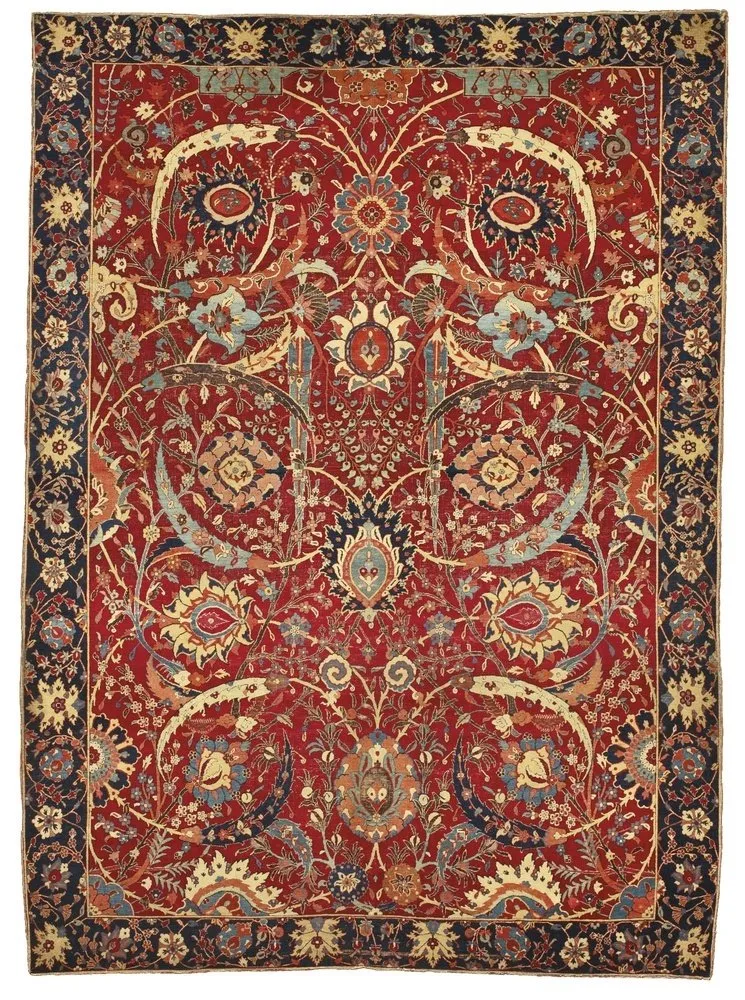 Masterpiece, named in the auction catalog as 'Clark Carpet with Crescent-shaped Leaves', was made in the early 17th century in Southeast Persia (Kerman).
Masterpiece, named in the auction catalog as 'Clark Carpet with Crescent-shaped Leaves', was made in the early 17th century in Southeast Persia (Kerman).This is what an elderly Moscow woman did: she wanted to get rid of a velvet tablecloth. The Museum of the East promptly explained: the woman owned a rare silk non-woolen carpet from the 17th century made at the court of the Great Mughals in India. Worldwide, such carpets can now be counted on one's fingers — an incredible rarity. The price corresponds to that rarity.
6. Carpets are only good for warmth and sound insulation.
Just like woolen clothing, a natural carpet efficiently maintains temperature, smoothing out sharp fluctuations. It’s a thermal regulator, not a heater. Carpets also absorb noise — that's true. But for sound isolation from adjacent rooms, a carpet in your neighbor’s flat is more effective than one in yours. Conversely, footsteps or even children running around won’t disturb those living below if you have a carpet on the floor.
Psychologists say that carpets warm the soul, especially for those who grew up in the Soviet 60s and 70s. People strive to recreate the atmosphere that surrounded them in childhood.
 Art object or investment?
Art object or investment?Some modern Russian carpet manufacturers are building their names and attracting clients with provocative campaigns.
For example, a Samara-based company producing needle-punched carpets works with private orders based on sketches by Moscow designers and gained media attention after presenting their first pop-art piece in St. Petersburg: “Doubling GDP.” A scaled-down version, a sample displayed in the gallery’s lobby without an alarm system, was immediately stolen.
Their eye-catching red carpet titled “USSR” with a relief hairstyle inspired by the grille of Park Culture and Leisure was attempted to be purchased by a well-known collector with a suitcase full of cash.

Only a few people are eager to buy domestically produced carpets, even if they’re of high quality and unique. Meanwhile, so-called European handwoven carpets cost at least 4,500 euros per square meter. Additionally, they are still produced in the East, whether Near or Far, and shipped from there by resellers with a label such as “made in...”.
What remains for carpet connoisseurs? Relying on flea markets, online bazaars, or auctions (which are more reliable) in search of worthy pieces with a history: their value can rise up to 30% annually, but they require professional and costly care.
Are carpets suitable for modern interiors?

Why abandon a decorative element with rich history when it can be combined with brick lofts, Chesterfield sofas, and diverse ethnic styles?
Designers continue to readily use carpets in interior design.
A carpet can serve as a dominant feature or local accent, for space zoning or as the central element of its composition, either in combination with other carpets or as a solo piece.
Balance the proportions of the carpet, its brightness and detailing with other furnishings and room size to achieve the desired atmosphere.
Let the lines of the carpet, its pattern, geometric design or structure echo the general lines of the room’s interior and complement them: the key is to maintain the overall design concept.
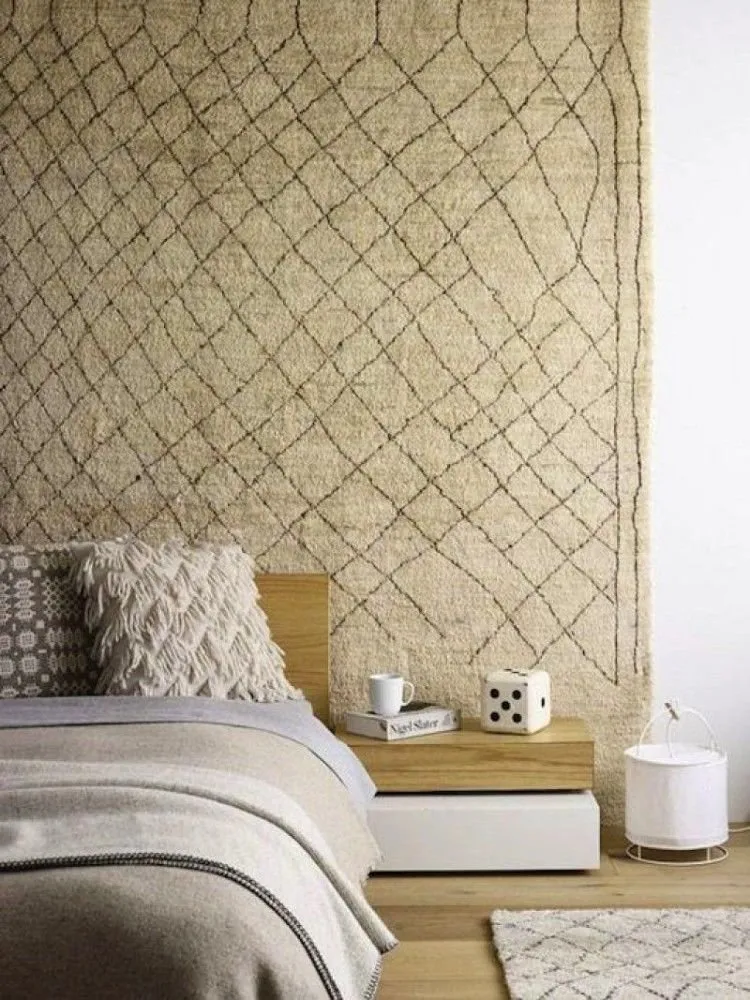
Eastern style, ethnic, and boho styles allow for enhancing a striking carpet with poufs and pillows, layering carpets of different sizes on top of each other. Don’t forget about low wide windowsills, where woolen, woven or felt carpets of the right size fit perfectly.
Monochrome Scandinavian: here, a restrained “grandmother's carpet” quoting Eastern motifs and neutral graphic items in authentic Nordic technique are appropriate.
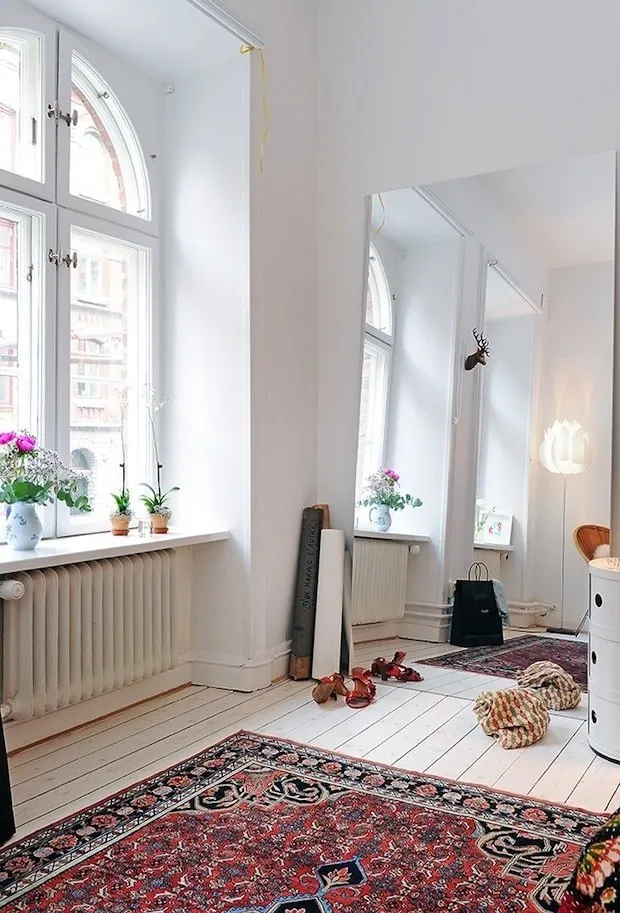
Minimalism and high-tech demand that the carpet slightly stands out from its context, contrasting with the surroundings according to the principle: minimalist furniture and restrained overall palette — vibrant colors and expressive texture.
Avant-garde and contemporary styles, on the other hand, require organic integration, balance of all interior elements, including carpets.
Loft, industrial and rustic styles with their abundance of stone, wood and metal do not dictate subdued tones, on the contrary — here the carpet is the main character, a bright color spot meant to balance the brutality.

Richly patterned carpets fit perfectly into eclecticism and add energy to it — just as they do in cottage, Provence or art-deco styles.
Classical style requires special attention. When choosing and using carpets, it’s best to rely on advice from connoisseurs.
The method of attachment can be displayed rather than hidden: wooden slats, forged brackets, decorative eyelets, massive chains.
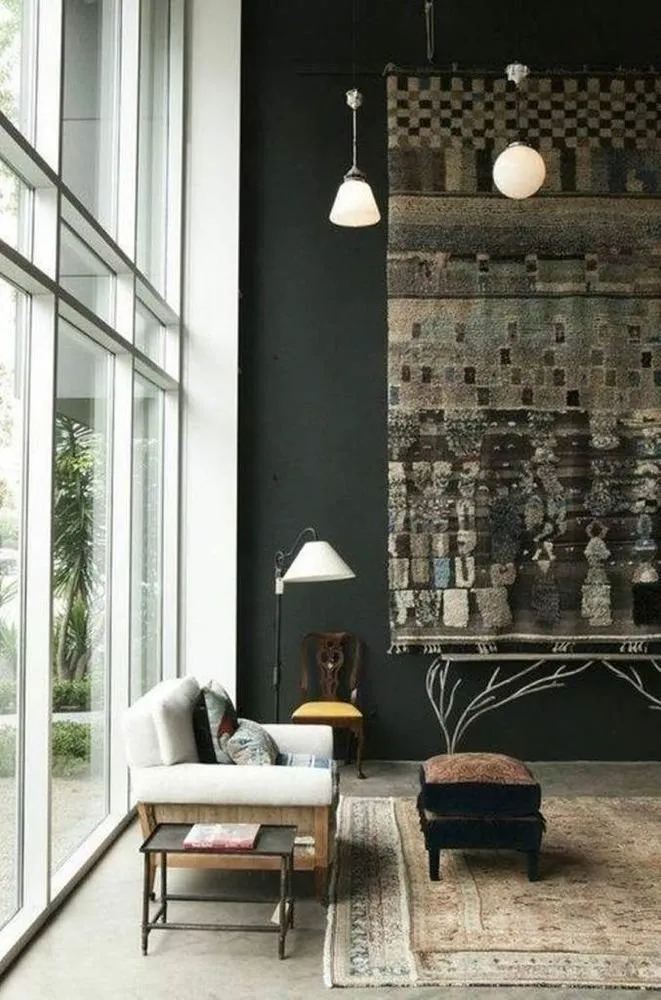
How to properly lay a carpet
Proudly owning a truly valuable piece, homeowners build their entire interior around it. But one doesn’t have to be a snob and simply choose a carpet for comfort, placing it in the right spot.
For rooms larger than 20 sq m, two carpets are allowed on the floor, different ones to emphasize the function of various zones. In medium-sized spaces (15–20 sq m), carpets should be chosen so that they don’t need to bear heavy furniture, pressing down on the sofa or cabinet. Placement isn’t always centered: more likely in a comfort zone where home dwellers spend most of their time. In small rooms, where covering more than 6 sq m with a carpet is difficult, smaller carpets not in standard proportions (2:3) but more elongated look better.

The optimal size of a floor carpet is one that allows furniture placement while creating a sense of spaciousness. If the carpet serves as a meaningful accent, it should unite elements: for example, armchairs and a coffee table should fully sit on the carpet, and a sofa at least one-third of its length. If it’s a subtle highlight enhancing the composition, a smaller carpet should be placed in front of a sofa or armchair, bed or mirror to fully reveal the pattern.
Highlighting a dining area with a carpet? Chair legs, pulled out from the table, shouldn’t lift the edges of the carpet. When choosing carpets and placing furniture on them, add a margin on each side.

More articles:
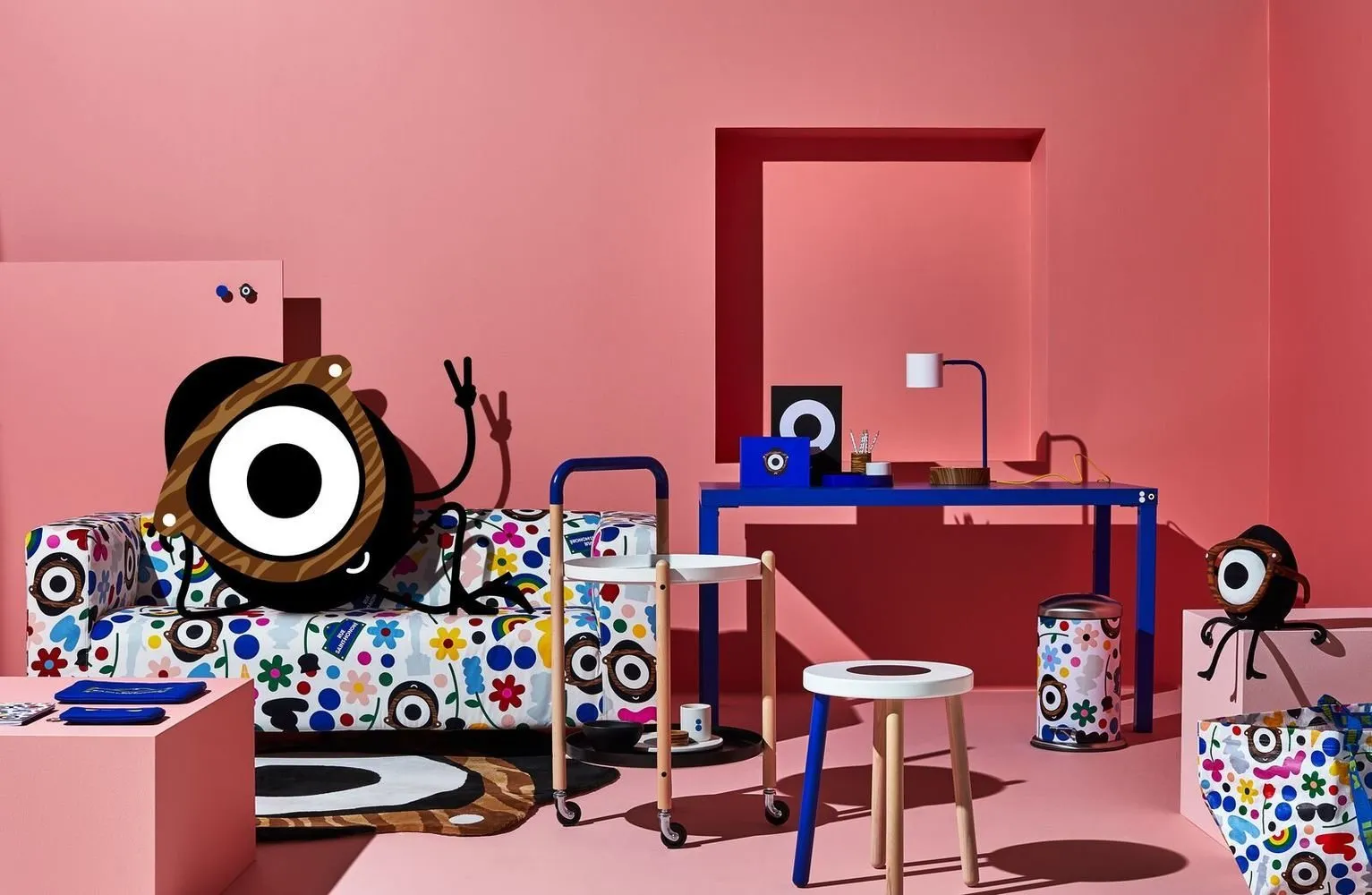 New Limited Edition IKEA Collection: What to Buy?
New Limited Edition IKEA Collection: What to Buy? It's Still Not Too Late: What to Plant in the Garden in July
It's Still Not Too Late: What to Plant in the Garden in July Bungalow on Hawaii: How They Restored an Old Cottage
Bungalow on Hawaii: How They Restored an Old Cottage Credit for Renovation: How Banks Deceive and How to Fight Back
Credit for Renovation: How Banks Deceive and How to Fight Back Fitostena: What It Is and How to Care for It
Fitostena: What It Is and How to Care for It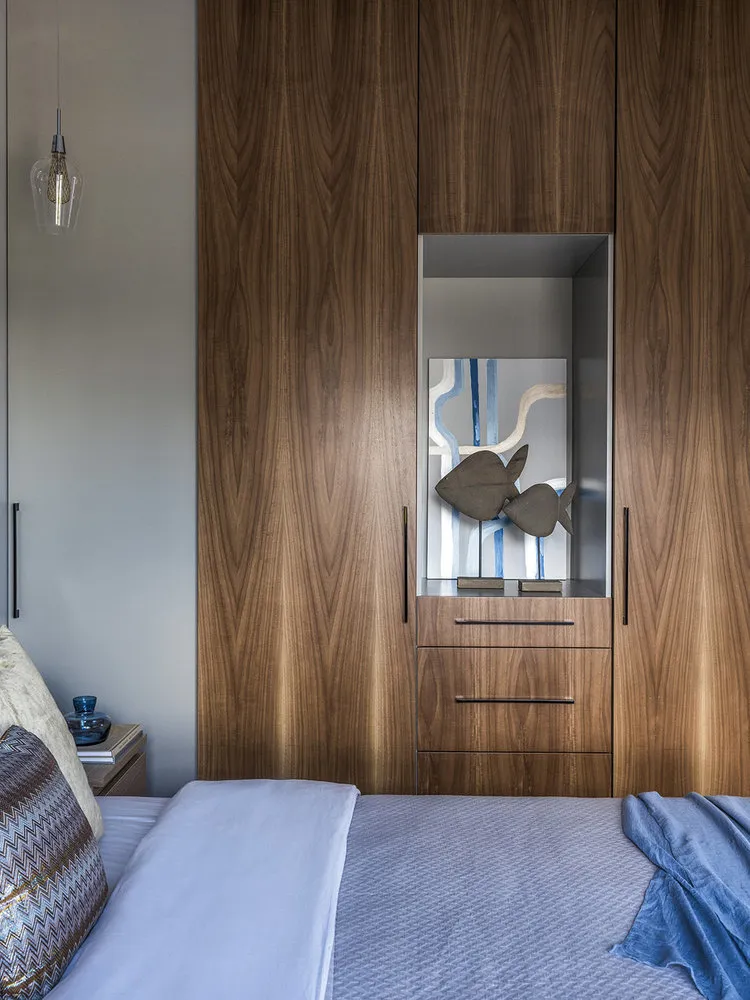 Redesigning old IKEA furniture and 11 more design hacks to make your home better
Redesigning old IKEA furniture and 11 more design hacks to make your home better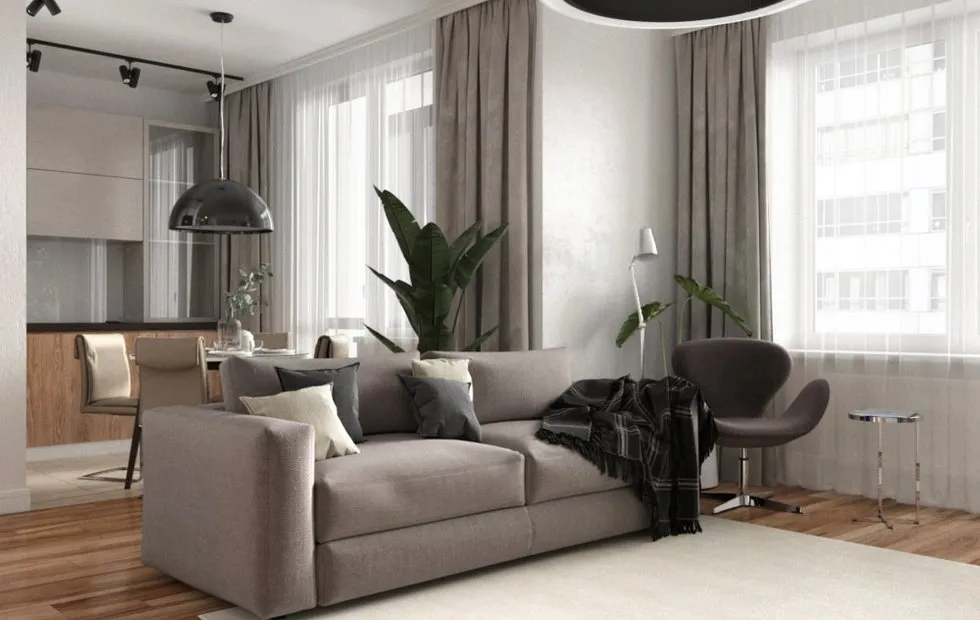 Relocation: what did they sacrifice for a bedroom in a studio?
Relocation: what did they sacrifice for a bedroom in a studio?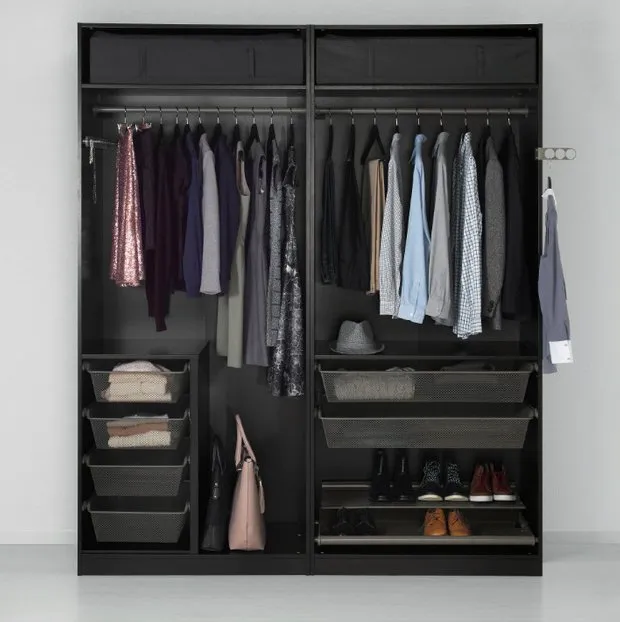 Summer Sale at IKEA: Up to 20% off on PAX and 9 Other Products
Summer Sale at IKEA: Up to 20% off on PAX and 9 Other Products